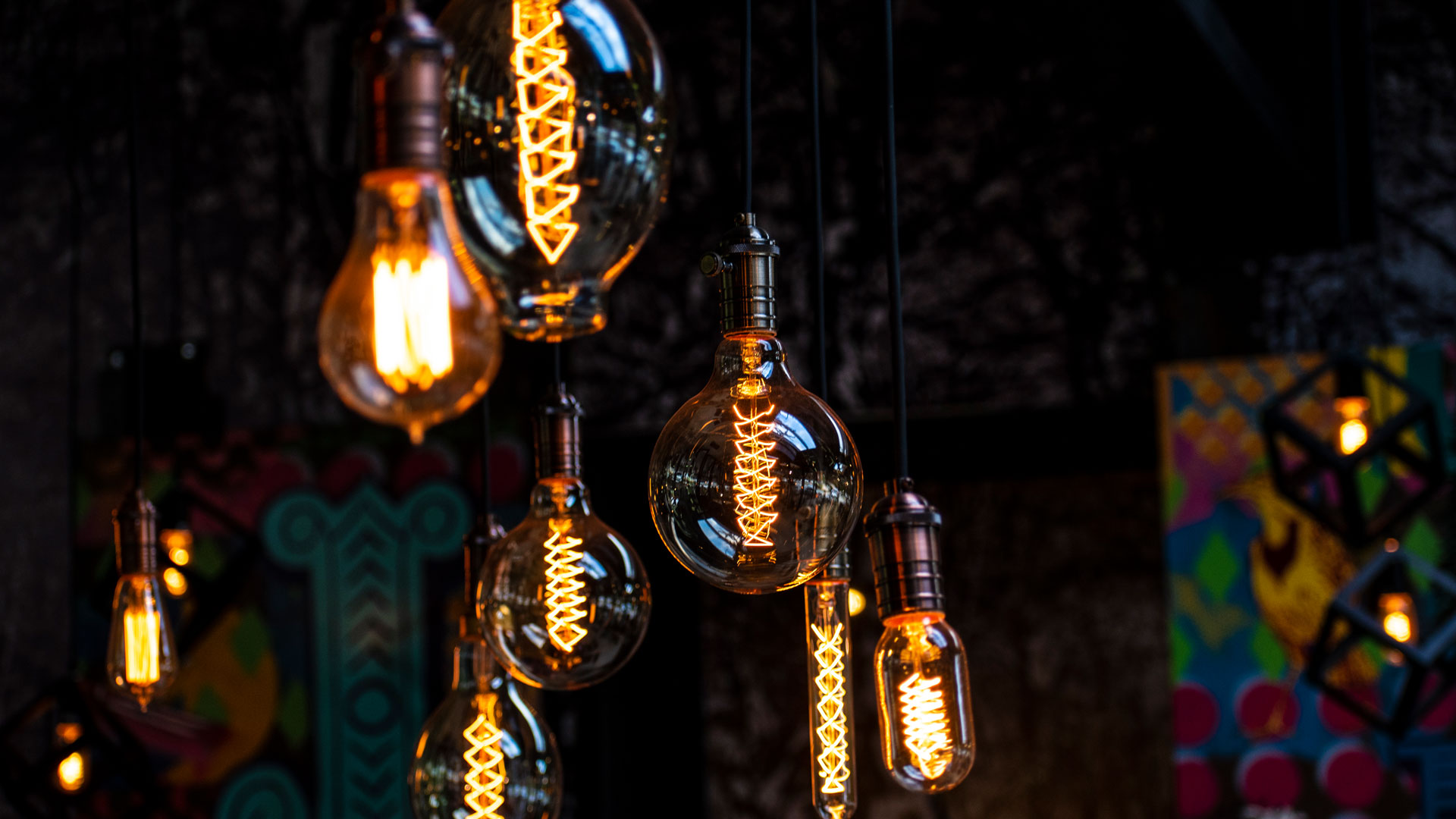

Articles
How Does An LED Bulb Works
Modified: August 25, 2024
Learn how led bulbs work in this informative article. Find out the key components and processes involved in generating light with LED technology.
(Many of the links in this article redirect to a specific reviewed product. Your purchase of these products through affiliate links helps to generate commission for Storables.com, at no extra cost. Learn more)
Introduction
The invention of the LED (Light Emitting Diode) has revolutionized the lighting industry. Gone are the days of incandescent and fluorescent bulbs dominating our homes and workplaces. LED bulbs have taken center stage, providing energy-efficient and long-lasting lighting solutions. But have you ever wondered how LED bulbs work? In this article, we will explore the inner workings of LED bulbs, from their history to the components that make them tick.
LED bulbs have come a long way since their inception. Initially used as indicator lights in electronic devices, they have evolved to become a primary source of lighting in various applications. From residential lighting to commercial and even automotive lighting, LEDs have become the go-to option due to their numerous advantages.
Not only are LED bulbs more energy-efficient compared to traditional lighting options, but they also have a significantly longer lifespan. LED bulbs can last up to 25 times longer than incandescent bulbs, which means fewer bulb replacements and lower maintenance costs. Additionally, LEDs emit less heat and are much more durable, making them the ideal choice for both indoor and outdoor lighting.
However, understanding how LED bulbs work requires delving into the science behind them. LED bulbs are made up of several crucial components that work together to produce light. These components include the LED chip, heat sink, driver, and lens. Each component plays a vital role in ensuring the proper functionality and performance of the LED bulb.
In the following sections, we will explore each component in detail and shed light on how they contribute to the overall operation of LED bulbs. So let’s embark on a journey to uncover the mysteries of LED technology and discover how these impressive bulbs work.
Key Takeaways:
- LED bulbs operate through electroluminescence, emitting light when an electric current passes through semiconductor materials. Their energy efficiency, long lifespan, and durability make them a sustainable and versatile lighting solution for various applications.
- The components of LED bulbs, including the LED chip, heat sink, driver, and lens, work together to produce directional light while dissipating heat and controlling electrical current. LED technology continues to advance, offering innovative and environmentally friendly lighting solutions for modern times.
Read more: How Does Wifi Light Bulb Work?
History of LED Bulbs
The history of LED bulbs dates back to the early 1960s when a researcher at General Electric Company named Nick Holonyak Jr. invented the first practical visible LED. Holonyak’s creation was a significant breakthrough in the field of lighting technology, as it paved the way for the development of modern LED bulbs.
Initially, LED technology was limited to producing only low-intensity red light. However, over the years, researchers made advancements in LED materials and structures, allowing for the creation of LEDs that emit light across various colors of the spectrum.
In the late 1970s and early 1980s, LED bulbs started to gain popularity in commercial applications, such as traffic lights and indicator lights on electronic devices. The energy efficiency and durability of LEDs made them a practical choice for these applications, offering longer lifespans and reduced maintenance costs compared to traditional incandescent bulbs.
Throughout the 1990s and early 2000s, continuous research and development efforts led to significant improvements in LED technology. Researchers discovered new materials and manufacturing techniques, which resulted in the production of brighter and more efficient LEDs. As a result, LED bulbs became more viable for general lighting purposes.
One major milestone in the history of LED bulbs was the introduction of blue LEDs by Isamu Akasaki, Hiroshi Amano, and Shuji Nakamura. Their groundbreaking work earned them the Nobel Prize in Physics in 2014. The invention of blue LEDs was a crucial component in the creation of white LED light, which opened up a new world of possibilities for LED lighting applications.
With the ability to generate white light, LED bulbs quickly gained traction in the lighting industry. They were more energy-efficient than incandescent and fluorescent bulbs, producing the same amount of light with significantly less power consumption. This efficiency made LED bulbs an essential tool in the fight against energy waste and climate change.
Since then, LED bulb technology has continued to advance rapidly, with ongoing research and development focusing on improving efficiency, color rendering, and lifespan. Today, LED bulbs are widely used in residential, commercial, and industrial settings, providing cost-effective and environmentally friendly lighting solutions.
The history of LED bulbs showcases the remarkable progress made in lighting technology over the years. From humble beginnings as indicator lights to becoming the primary choice for lighting applications, LED bulbs have revolutionized the way we illuminate our world.
Components of an LED Bulb
LED bulbs are composed of several key components that work together to produce light. Understanding these components is essential in comprehending how LED bulbs operate. Let’s take a closer look at each component:
- LED Chip: The LED chip, also known as the diode, is the heart of an LED bulb. It is made of semiconductor materials that emit light when an electric current passes through them. Different semiconductor materials produce different colors of light, such as red, blue, and green. The LED chip is mounted on a small board within the bulb.
- Heat Sink: LEDs generate heat during operation, so heat dissipation is crucial for their performance and longevity. The heat sink is a component designed to absorb and dissipate heat away from the LED chip. It is usually made of aluminum or other high-thermal conductivity materials and helps to keep the LED chip cool.
- Driver: The driver is responsible for regulating and controlling the electrical current supplied to the LED chip. It converts the electrical power from the source (e.g., AC power) into the correct voltage and current needed for the LED chip to function optimally. The driver also protects the LED bulb from voltage fluctuations and provides dimming capabilities, depending on the type of LED bulb.
- Lens: The lens is a transparent covering over the LED chip that helps focus and direct the light emitted by the chip. It can enhance the efficiency and distribution of light, ensuring that it is directed in the desired direction. The lens can also provide protection to the LED chip, preventing dust and other contaminants from affecting its performance.
These are the fundamental components found in most LED bulbs. However, depending on the specific design and application of the LED bulb, additional components, such as reflectors, diffusers, and optics, may be included to further modify and control the light output.
Each component plays a critical role in the overall functionality and performance of an LED bulb. The LED chip produces light, the heat sink dissipates excess heat, the driver regulates and controls the electrical current, and the lens helps in directing and focusing the light. It is the synergy between these components that allows LED bulbs to deliver high-quality, energy-efficient lighting.
How Do LEDs Produce Light?
Understanding how LEDs (Light Emitting Diodes) produce light requires delving into the realm of semiconductor physics. LEDs operate based on a phenomenon called electroluminescence, which involves the emission of light when an electric current flows through a semiconductor material.
At the heart of an LED is a semiconductor diode made of specially doped materials. The most commonly used materials are Gallium Nitride (GaN) for blue and green light, and Indium Gallium Nitride (InGaN) for white light. These materials have unique electronic properties that allow them to emit light when appropriately energized.
When a forward voltage is applied to an LED, the electrons and holes within the semiconductor material start to move. Electrons are negatively charged particles, while holes are the absence of an electron, resulting in a positive charge. As the electrons and holes interact, they recombine at the interface between two different semiconductor regions known as the p-type and n-type layers.
During recombination, energy is released in the form of photons, which are particles of light. The specific energy band gap of the semiconductor material determines the wavelength, or color, of the emitted light. For example, a smaller band gap emits higher energy photons, corresponding to blue or green light, while a larger band gap emits lower energy photons, giving off red light.
To enhance the efficiency and brightness of the emitted light, LED manufacturers apply various techniques. For instance, they utilize different semiconductor layers or add phosphor coatings to create white light LEDs. They can also utilize chips with different band gaps to produce LEDs of different colors.
Unlike traditional incandescent bulbs that generate light by heating a filament, LEDs operate without generating significant heat. This results in a more energy-efficient lighting solution since the majority of the electrical energy is converted into light rather than wasted as heat.
Furthermore, LEDs emit light in a specific direction, called directional lighting. This property makes LEDs highly suitable for diverse applications such as task lighting, accent lighting, and automotive headlights, where focused illumination is desired.
In summary, LEDs produce light through the process of electroluminescence. By applying a forward voltage to a specially doped semiconductor junction, electrons and holes recombine, emitting photons of light. The specific properties of the semiconductor materials determine the color of the emitted light. LED technology offers energy-efficient lighting solutions that generate minimal heat and provide directional illumination for a wide range of applications.
LED bulbs work by using a semiconductor to convert electricity into light. When an electric current passes through the semiconductor, it emits photons, creating visible light. This process is more energy-efficient and longer-lasting than traditional incandescent bulbs.
Advantages of LED Bulbs
LED (Light Emitting Diode) bulbs have gained immense popularity in recent years due to their numerous advantages over traditional lighting options. Let’s explore some of the key advantages that make LED bulbs a preferred choice for lighting solutions:
- Energy Efficiency: LED bulbs are highly energy-efficient, converting a large portion of electrical energy into light. Compared to incandescent bulbs, which waste a significant amount of energy as heat, LED bulbs can provide the same amount of light while consuming significantly less power. This translates into substantial energy savings over time.
- Long Lifespan: One of the most significant advantages of LED bulbs is their exceptionally long lifespan. LED bulbs can last up to 25 times longer than traditional incandescent bulbs, reducing the frequency of bulb replacements and associated maintenance costs. This longevity makes LED bulbs ideal for hard-to-reach areas or applications where consistent lighting is essential.
- Durability: LED bulbs are rugged and durable. Unlike incandescent bulbs, which are sensitive to shocks and vibrations, LEDs are solid-state devices that are resistant to physical impact. This durability makes LED bulbs suitable for various environments, including outdoor landscapes and industrial settings.
- Instantaneous Illumination: LED bulbs provide instant illumination when switched on, unlike certain traditional lighting options that require warm-up time. This instant brightness makes LED bulbs ideal for applications where immediate and reliable lighting is necessary, such as security lighting and emergency situations.
- Flexibility in Design: LED technology allows for flexibility in design and lighting options. LED bulbs come in various shapes, sizes, and colors, making them suitable for a wide range of applications. Additionally, LEDs can be easily dimmed, enabling users to adjust the brightness levels based on their preferences and needs.
- Environmental Friendliness: LED bulbs are environmentally friendly lighting solutions. They do not contain harmful substances such as mercury, which is commonly found in fluorescent bulbs. Furthermore, their energy efficiency reduces greenhouse gas emissions, contributing to a greener and more sustainable future.
- Optimal Light Distribution: LED bulbs produce directional lighting, meaning they emit light in a specific direction. This enables better light focusing and reduces light wastage. As a result, LED bulbs are highly efficient in delivering targeted illumination, making them suitable for task lighting and accentuating specific areas.
These advantages have positioned LED bulbs as the go-to choice for a wide range of applications, including residential, commercial, and industrial lighting. The energy efficiency, long lifespan, durability, instant illumination, design flexibility, environmental friendliness, and optimal light distribution make LED bulbs an attractive and sustainable lighting solution for modern times.
Read more: How Does An LED Light Bulb Work
Disadvantages of LED Bulbs
While LED (Light Emitting Diode) bulbs offer numerous advantages, it is important to consider their disadvantages as well. Here are some potential drawbacks associated with LED bulbs:
- Initial Cost: LED bulbs are generally more expensive upfront compared to traditional lighting options, such as incandescent bulbs or compact fluorescent lamps (CFLs). However, the higher initial cost is often offset by their energy efficiency, long lifespan, and reduced maintenance expenses over time.
- Sensitive to Heat: Excessive heat can affect the performance and lifespan of LED bulbs. The heat generated by the LED chip needs to be effectively dissipated through the heat sink to prevent overheating. Inadequate heat dissipation can lead to reduced brightness, color shifts, or even premature failure. Therefore, proper installation and ventilation are crucial for maintaining the optimal operating temperature of LED bulbs.
- Quality Variations: The quality of LED bulbs can vary significantly depending on the manufacturer and brand. Cheaper, low-quality LED bulbs may have inferior components and construction, leading to shorter lifespans and reduced performance. It is important to choose reputable brands and reliable suppliers to ensure the longevity and reliability of LED bulbs.
- Color Accuracy: LED bulbs have made significant advancements in color quality over the years, but they still face challenges in accurately reproducing certain colors. Some LED bulbs may exhibit color variations or have difficulty achieving high color rendering capabilities, resulting in less accurate color representation compared to traditional incandescent bulbs.
- Compatibility with Dimmers: Not all LED bulbs are compatible with traditional dimmer switches designed for incandescent bulbs. Care must be taken to select LED bulbs specifically labeled as dimmable and ensure they are compatible with the dimmer switch being used. Using non-compatible dimmers may result in flickering, erratic operation, or reduced dimming range.
- Electronic Waste: LED bulbs contain electronic components that may contribute to electronic waste when they reach the end of their life cycle. It is important to responsibly dispose of LED bulbs and recycle them through proper electronic waste management channels to minimize environmental impact.
Despite these disadvantages, the overall advantages of LED bulbs outweigh the drawbacks for many individuals and businesses. As technology continues to advance, efforts are being made to address and overcome these limitations, making LED bulbs an increasingly attractive and sustainable lighting choice for a wide range of applications.
How LED Bulbs Work
Understanding how LED (Light Emitting Diode) bulbs work requires exploring the intricate processes happening within these compact light sources. Let’s delve into the working principles of LED bulbs:
1. Electroluminescence: LEDs operate based on a phenomenon called electroluminescence. When a forward voltage is applied to the LED, electrons from the n-type (negative) semiconductor material move across the junction to fill the holes in the p-type (positive) material. As the electrons transfer, they release energy in the form of photons, resulting in the emission of light.
2. Three Semiconductor Layers: LED bulbs consist of three main layers – the p-type layer, the n-type layer, and the active layer. The active layer, also known as the LED chip, is made of special semiconductor materials doped to emit specific wavelengths of light. The p-type and n-type layers create a junction where the electron movement occurs.
3. Electron Flow: When a voltage is applied to the LED, the electrons in the n-type layer gain energy and move towards the active layer. As the electrons cross the junction, they recombine with the holes in the p-type layer, resulting in the emission of photons. The energy gap between the electron and hole levels determines the color of the emitted light.
4. Band Gap and Color: LEDs can emit light across a wide range of colors, including red, green, blue, and white. The specific color emitted by an LED is determined by the materials used and the size of the band gap in the active layer. For example, a larger band gap produces higher energy photons, resulting in blue light, while a smaller band gap produces lower energy photons, resulting in red light.
5. Heat Dissipation: LEDs generate heat during operation, which can affect their performance and lifespan. To mitigate this, LED bulbs are designed with a heat sink, which helps absorb and dissipate the heat away from the LED chip. The heat sink ensures that the LED operates within an optimal temperature range, enhancing its efficiency and longevity.
6. Driver Circuit: The driver circuit is an essential component of LED bulbs. It converts the incoming AC (Alternating Current) power from the source into the appropriate DC (Direct Current) voltage and current needed to power the LED chip. The driver also provides various control features such as dimming capabilities and protection against voltage fluctuations.
7. Directional Lighting: LED bulbs emit light in a specific direction, unlike traditional incandescent bulbs that radiate light in all directions. This directional light output makes LED bulbs highly efficient, as there is minimal light wastage. However, for applications requiring a wider beam angle, additional optics or diffusers can be used to broaden the light spread.
8. Longevity and Efficiency: One of the key advantages of LED bulbs is their long lifespan and energy efficiency. LED bulbs can last significantly longer than traditional bulbs, reducing maintenance and replacement costs. Additionally, LEDs convert a higher percentage of electrical energy into light, making them incredibly efficient compared to incandescent or fluorescent lighting options.
By harnessing the principles of electroluminescence and utilizing semiconductor materials, LED bulbs provide a reliable and energy-efficient lighting solution. Their compact size, durability, instant illumination, and directional lighting capabilities make them suitable for a wide range of applications, from residential and commercial lighting to automotive and outdoor lighting.
Conclusion
LED (Light Emitting Diode) bulbs have revolutionized the lighting industry with their energy efficiency, longevity, and versatility. By harnessing the principles of electroluminescence and semiconductor technology, LED bulbs provide a reliable and environmentally friendly lighting solution for diverse applications.
We have explored the history of LED bulbs, tracing their evolution from humble indicator lights to becoming a primary source of illumination. The advancements in LED technology have led to improved efficiency, color accuracy, and lifespan, making LED bulbs a popular choice for both residential and commercial lighting needs.
Understanding the components of LED bulbs is important in grasping their inner workings. The LED chip, heat sink, driver, and lens work cohesively to generate light, dissipate heat, control the electrical current, and direct the light output. These components ensure optimal performance and durability of LED bulbs.
LED bulbs offer numerous advantages, including energy efficiency, long lifespan, durability, instantaneous illumination, design flexibility, environmental friendliness, and optimal light distribution. However, they do have some disadvantages, such as initial cost, sensitivity to heat, variations in quality, color accuracy limitations, compatibility with dimmers, and electronic waste concerns. Despite these drawbacks, the overall benefits of LED bulbs make them a compelling choice for lighting solutions.
While LED technology continues to evolve, it has transformed the way we light our world. LED bulbs have become synonymous with energy efficiency, cost savings, and environmental sustainability. As the demand for greener and more efficient lighting grows, LED bulbs are at the forefront of the lighting industry, offering innovative and forward-thinking solutions.
In conclusion, LED bulbs embody the best of modern lighting technology, combining efficiency, longevity, and versatility. Their ability to produce bright, reliable, and directional light has made them an indispensable lighting solution in a wide range of applications. Moving forward, LED technology will continue to push boundaries, enhance color accuracy, and further improve the overall lighting experience for years to come.
Frequently Asked Questions about How Does An LED Bulb Works
Was this page helpful?
At Storables.com, we guarantee accurate and reliable information. Our content, validated by Expert Board Contributors, is crafted following stringent Editorial Policies. We're committed to providing you with well-researched, expert-backed insights for all your informational needs.


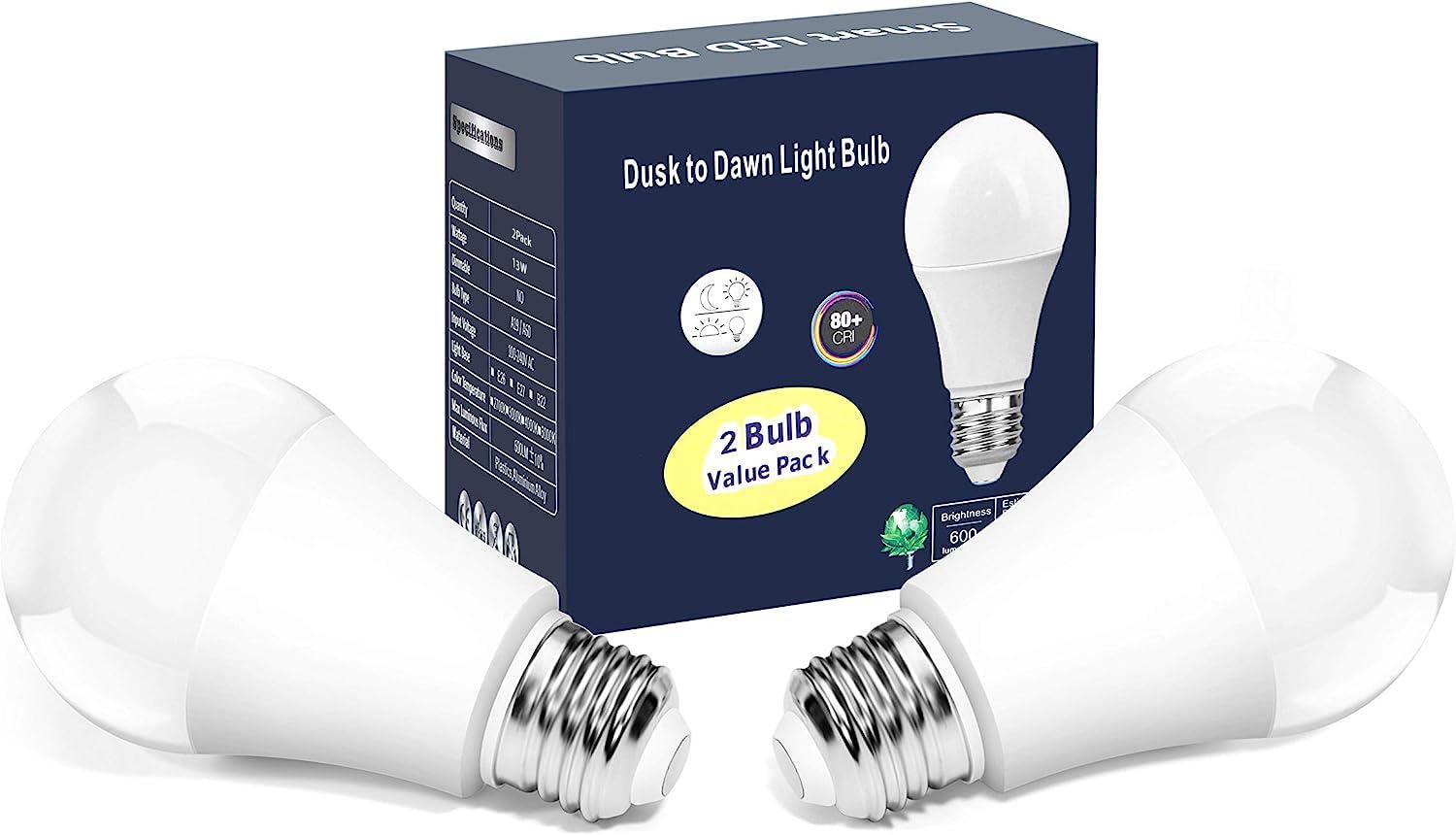
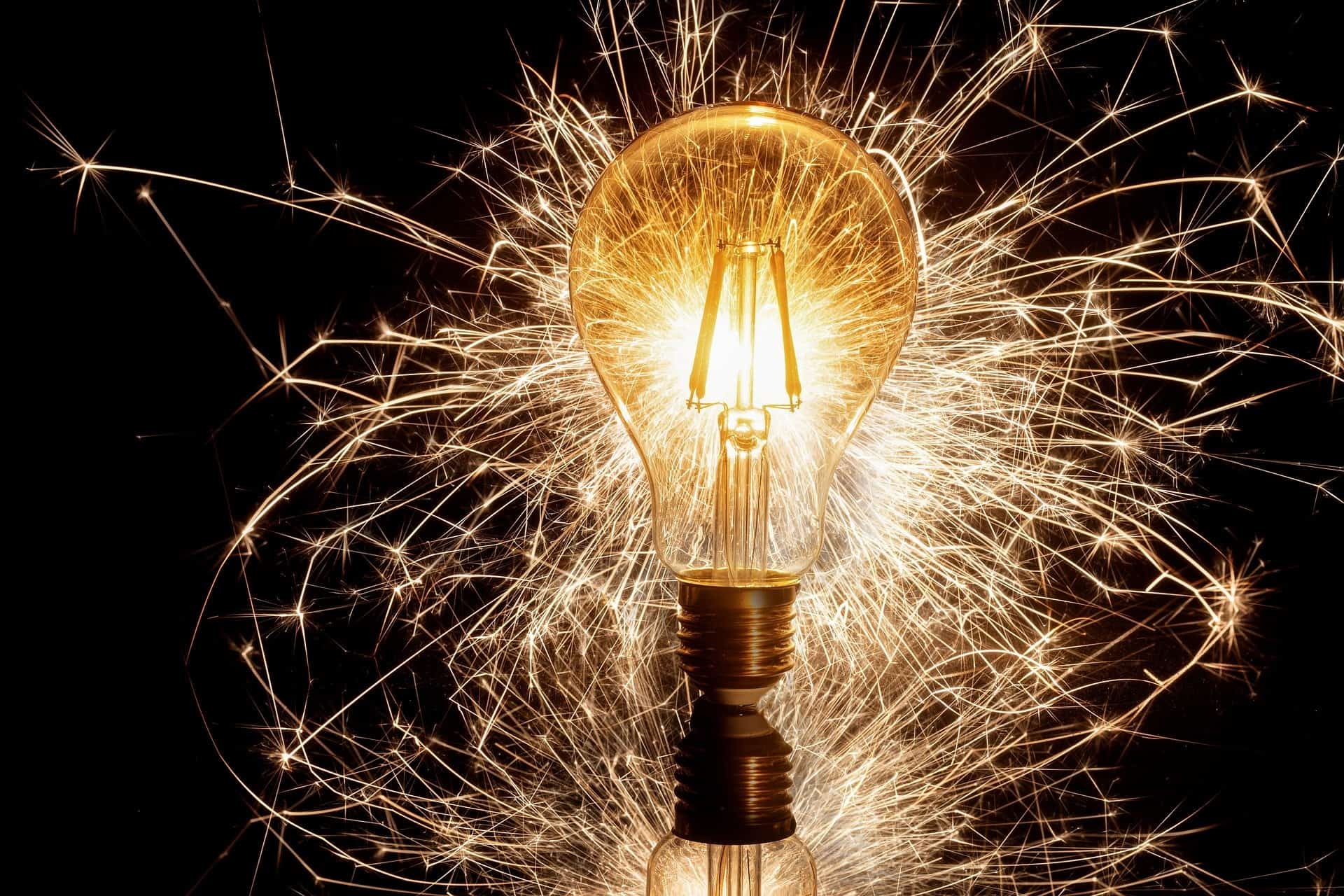
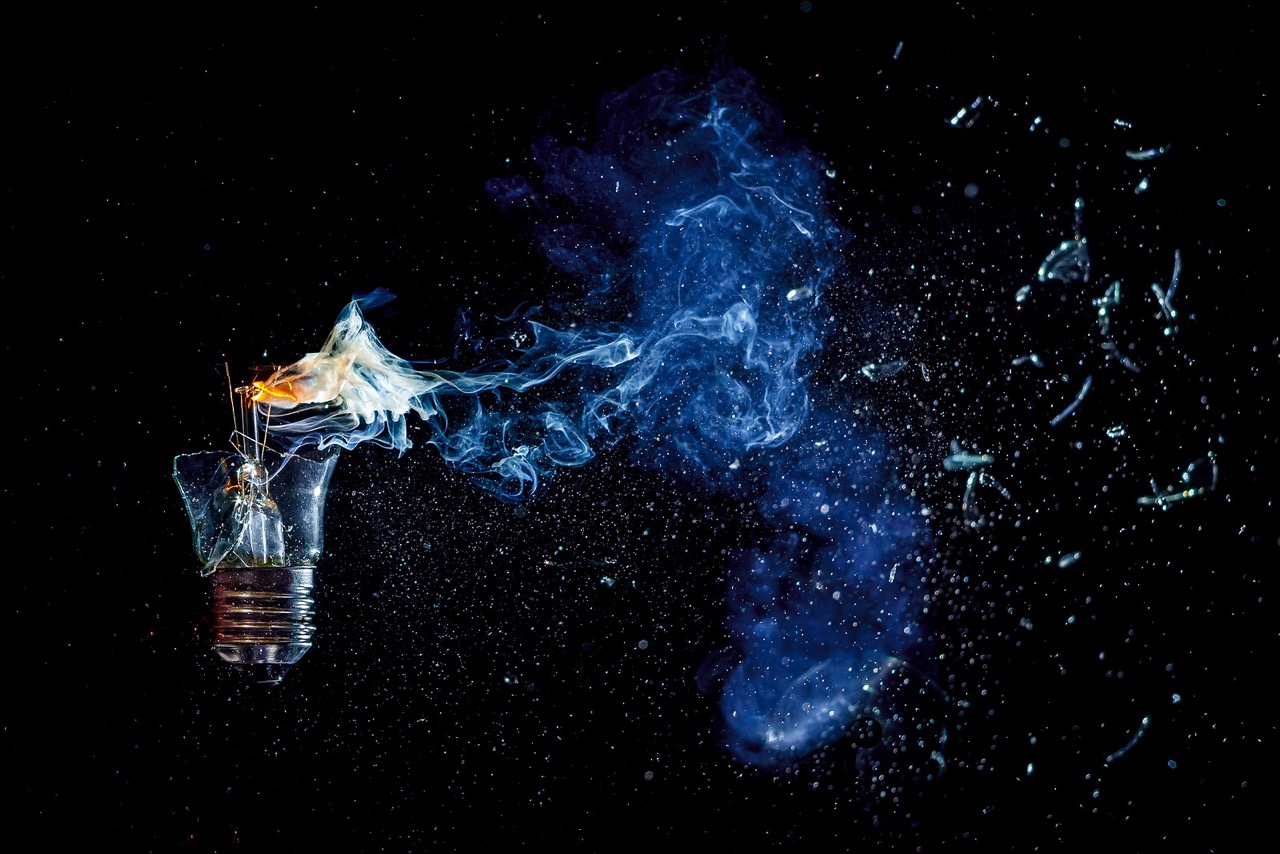
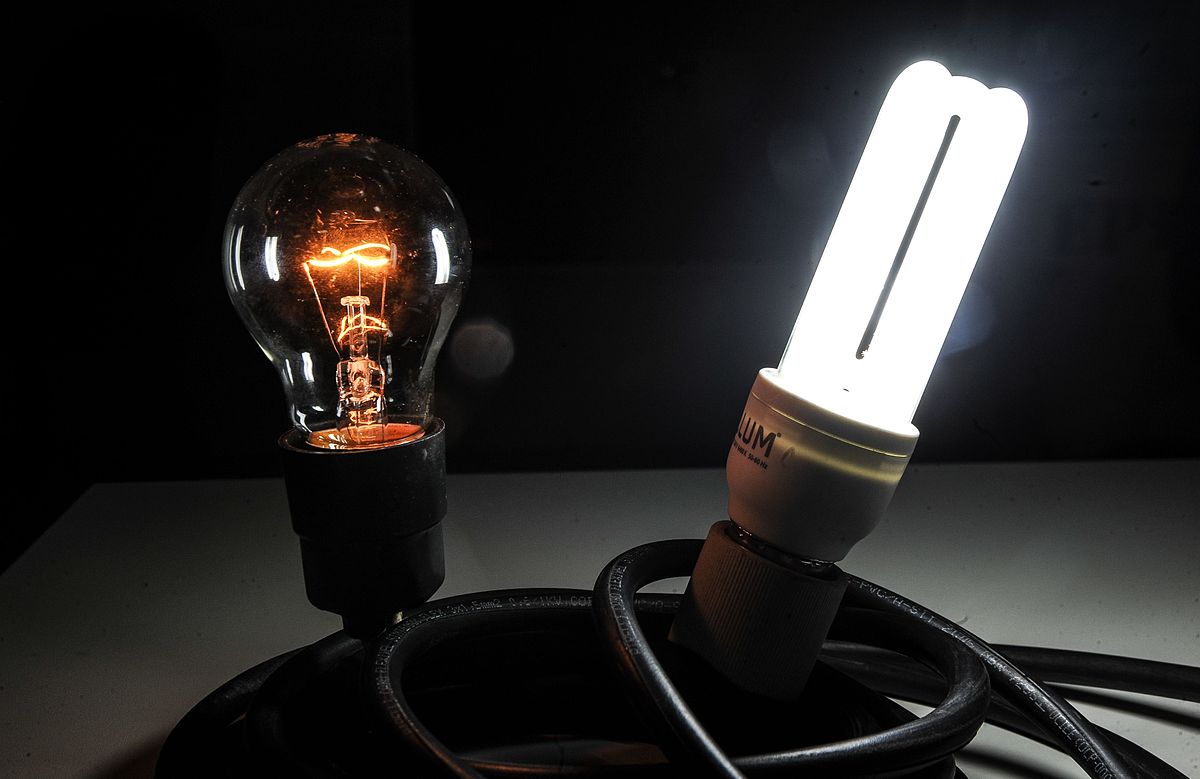
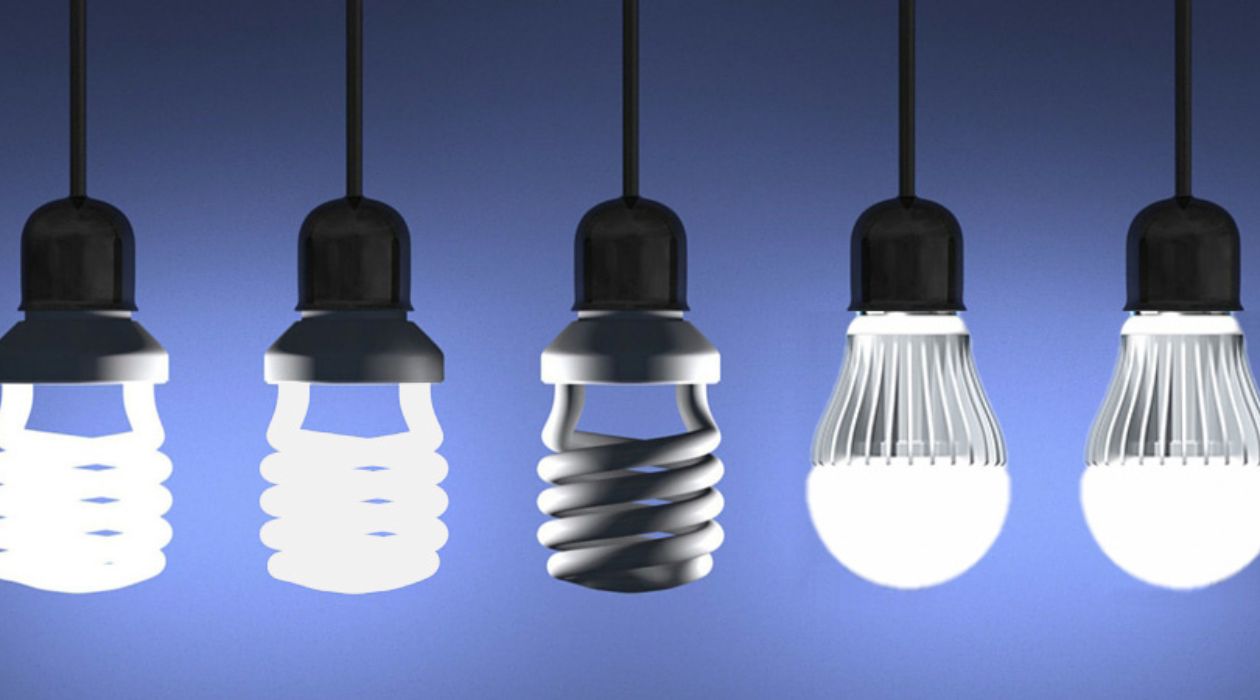
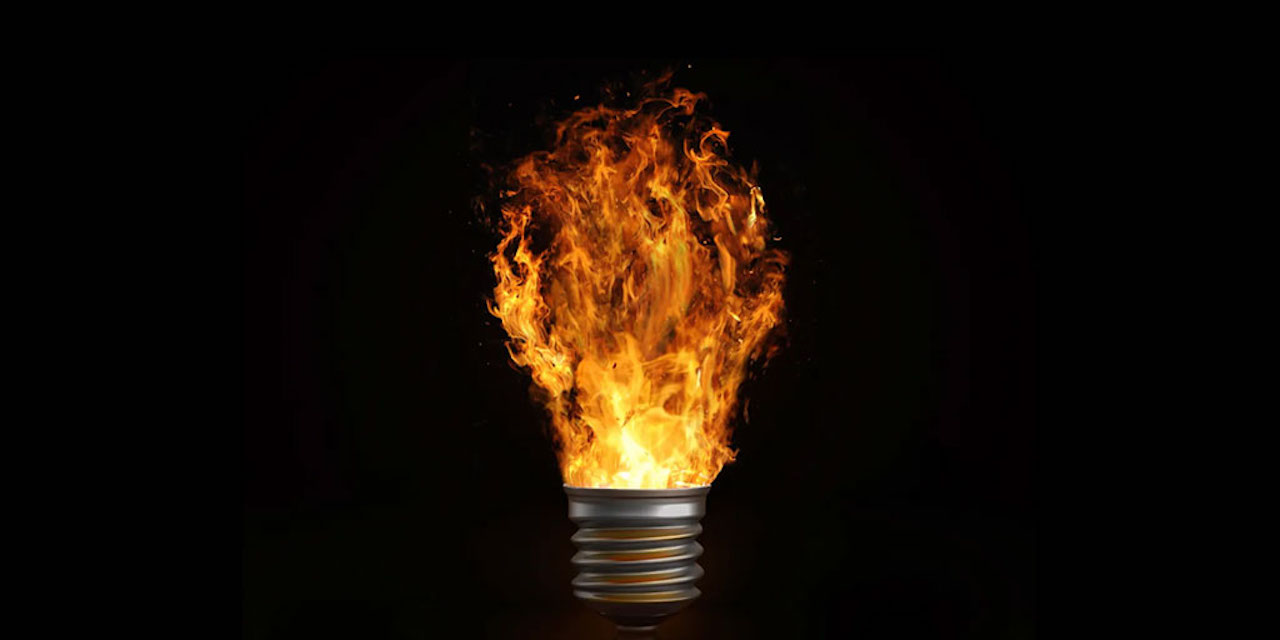

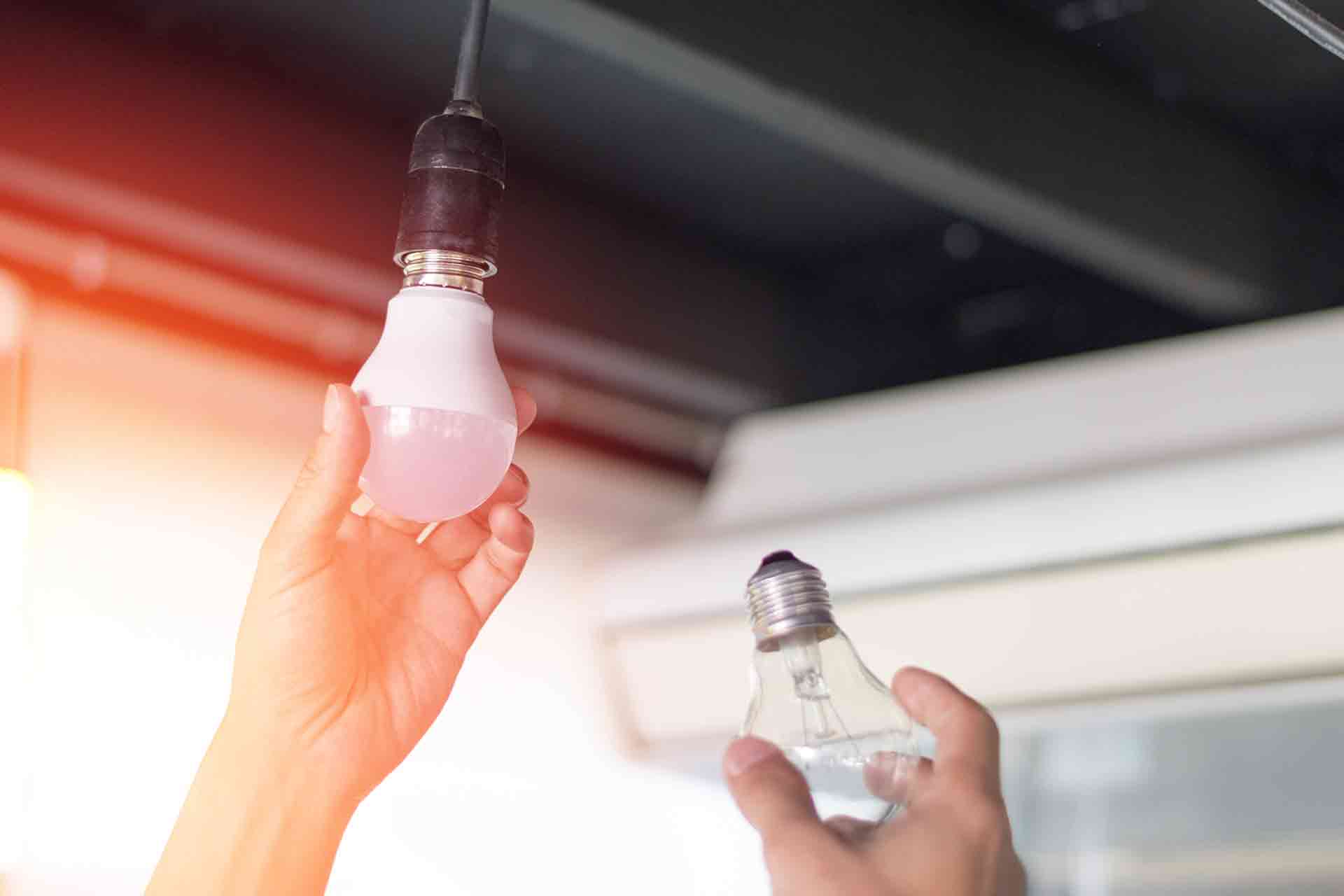

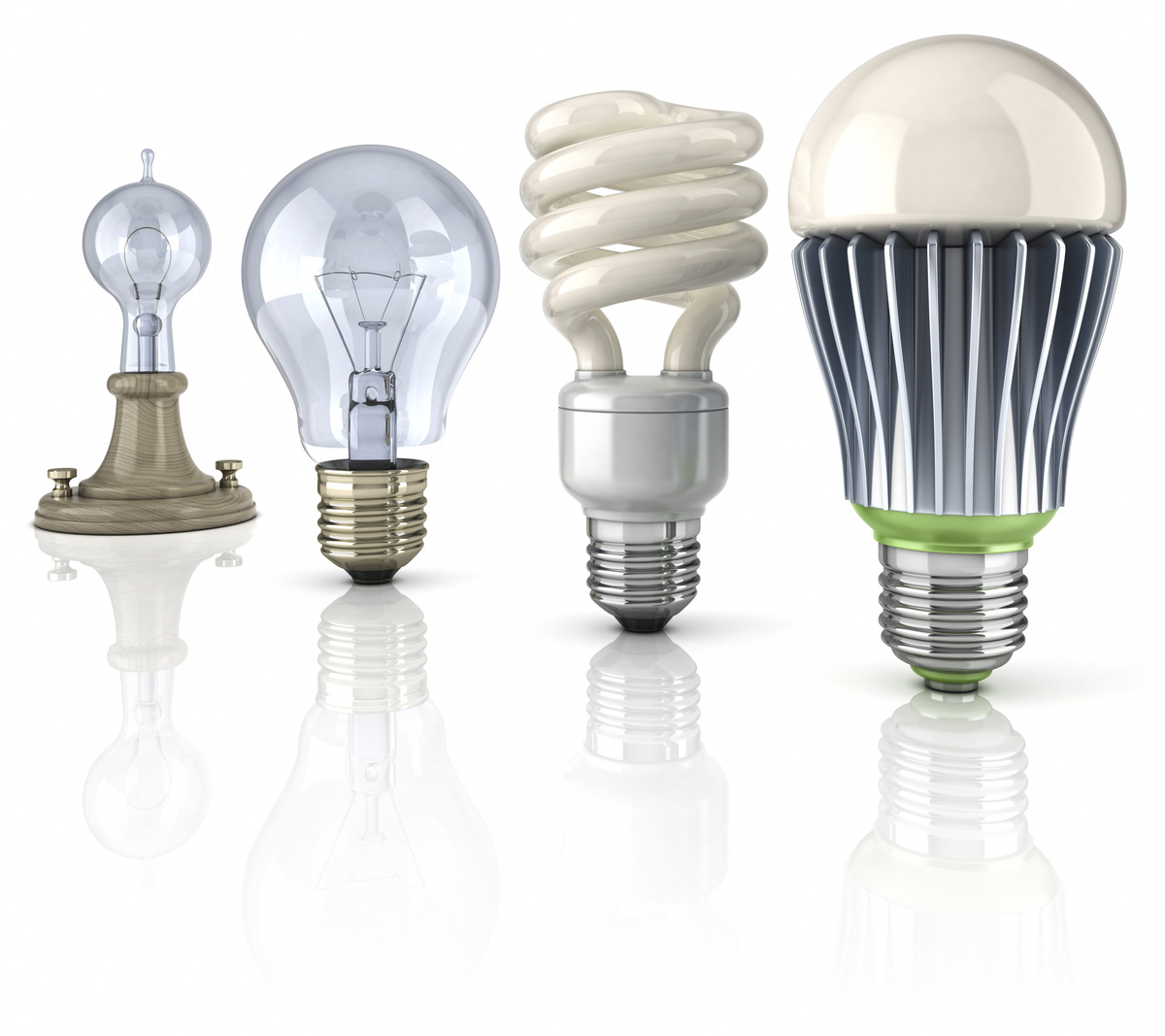

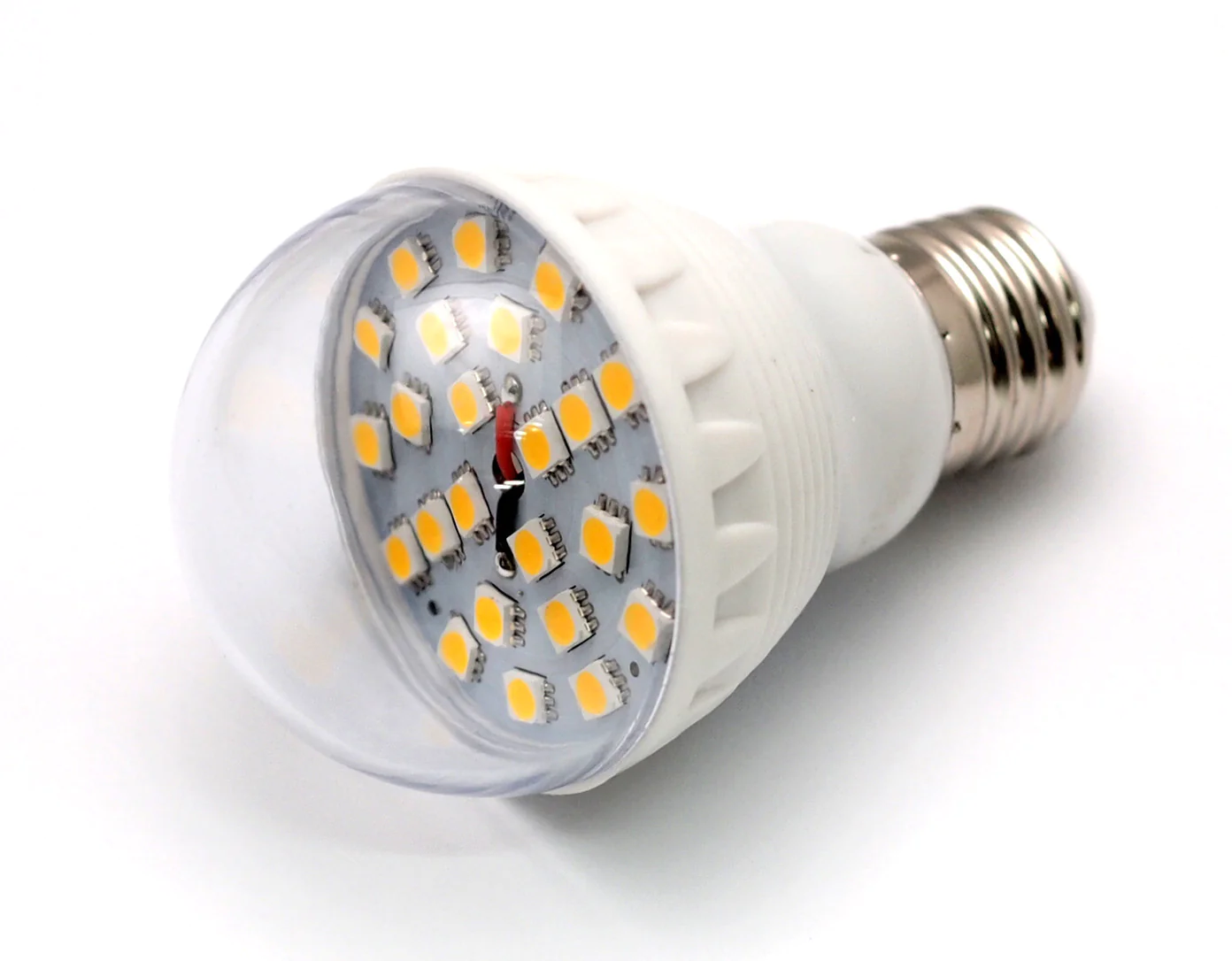

0 thoughts on “How Does An LED Bulb Works”